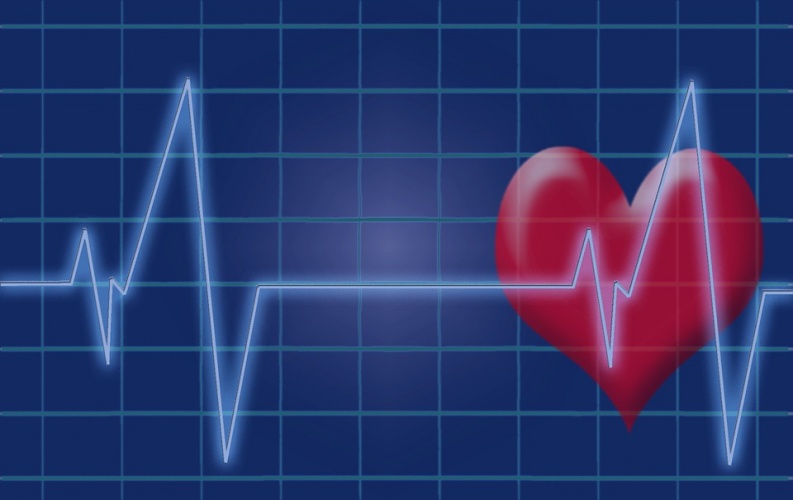
The research, carried out at Warwick University’s WMG (Warwick Manufacturing Group), Rice University’s Baker Institute, and Monash University in Australia, used near-infrared light to identify the high-risk plaques. By increasing the wavelength of the light currently used to image the fatty build-up found in arteries (atherosclerotic plaques) the team found it could selectively identify the rupture-prone deposits. The work is published in the journal Nature Communications.
"Despite the millions of dollars spent each year particularly on heart imaging, there still isn't a reliable way of identifying these unstable plaques," said Monash University’s Dr Karlheinz Peter.
"We realised when we shine a light in the near-infrared wavelength range, that this light is reflected at a certain wavelength. So in a way we can use laser light to shine up the plaques that are unstable, and it's very characteristic."
Some arterial plaque deposits can remain stable for years, but other high-risk cases can develop complications such as bleeding into the plaque, which leads to the formation of cracks and rupture of the deposit. This can result in vessels developing clots, causing a heart attack or stroke. According to the researchers, current imaging techniques are able to identify some characteristics of high-risk plaques, but none are generally accepted as reliable methods for selectively detecting the dangerous plaques.

The substances causing this fluorescence were identified using Raman spectroscopy and are thought to be a mixture of heme products, formed during the degradation of red blood cells. These products were only observed in the unstable plaques with internal bleeding and not observed in the more stable fatty deposits.
"What we have done uses innovative, materials-based techniques to assist in the development of new diagnostic tools," said Dr Tara Schiller (right), from WMG.
"This could help us to detect the threat of an imminent heart attack and result in a decrease of the mortality rates."




Red Bull makes hydrogen fuel cell play with AVL
Formula 1 is an anachronistic anomaly where its only cutting edge is in engine development. The rules prohibit any real innovation and there would be...